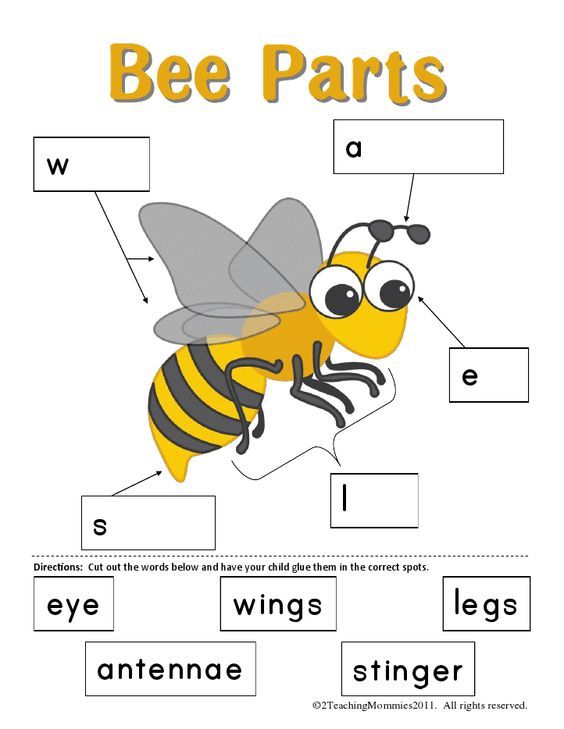Hi friends! I hope you had a wonderful long weekend! This week we are grabbing our magnifying glasses and going on a bug hunt! What kinds of bugs do you think we’ll find!? First stop on our hunt.. bees!
Engage
Explore
Bees are so important to our ecosystem! Bees help to pollinate flowers, which is how they can bloom and grow more! They also make honey, which animals and people love to eat!
The Life Cycle of a Bee
It takes a Queen bee 16 days to fully grow, 21 days for a worker bee and about 24 days for a drone or male bee. There are four different honey bee life cycle stages.

The Egg Stage: The first stage of development in the life cycle is the egg stage. Eggs are very tiny and they usually hatch after three days!
The Larva Stage: This stage lasts up to nine days. During this stage, the larva are super tiny in size without legs and eyes. Larva eats something called royal jelly for the first two days. After the third day, larvae are fed differently depending on what their role is going to be! Some are fed royal jelly (the queen bees) while others are fed honey, water, and pollen (worker bees).
Pupa Stage: The larva has now formed into a sort of worm- like body. This stage usually lasts for 7 days for a queen bee, 12 days for a worker bee and 14 days for a drone bee (male bee).
Adult Stage: All three types of bees are now fully grown and are ready to do their jobs! A colony of honeybees is usually around 50,000 to 60,000 worker bees, 600 to 1000 drone bees and 1 queen bee! That’s a lot of bees!
Share
If you can, go outside and look for bees! Look inside flowers, in the grass, in the trees. Did you find any bees? Where were they hiding? Draw a picture of a bee and it’s habitat. Ms.Julia included a picture of what she drew!

Extend
Download and print off the Life Cycle of a Bee worksheet. ** The worksheet is on page 4.)
Bonus
Join Coach Raiza on her adventure to Candyland! (Video 4).


